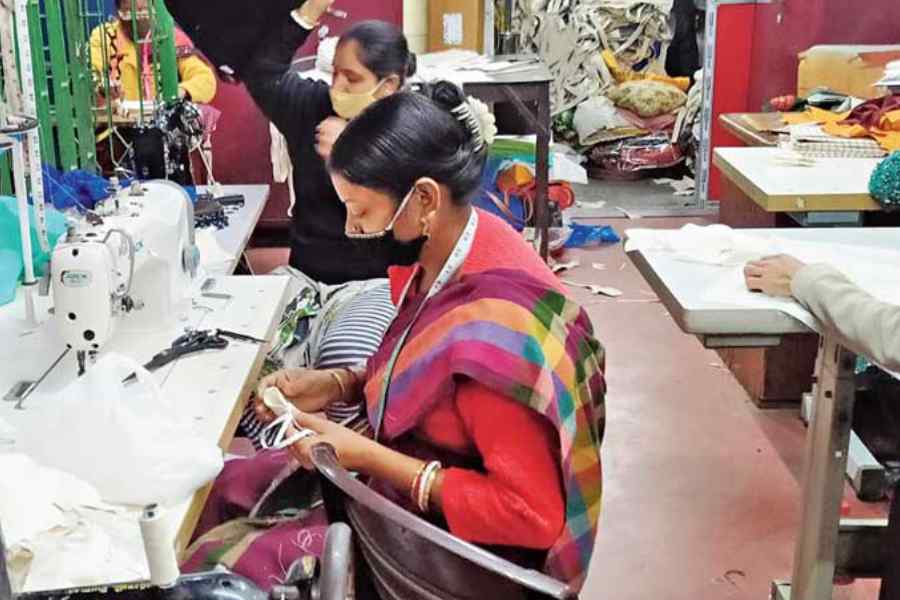Women are often valorised as life-givers; their utility is thereby reduced to just their reproductive capability. A study now shows that this burden of life-giving extends further — four out of five living organ donors in India are women while four out of five recipients are men, usually a male relative of the donor. According to the Indian Society of Organ Transplantation, there is significant coercion on women members of the family to donate organs. The primary reason for this, the study suggests, is the perception that as principal breadwinners, male members are in greater need of retaining all their functional organs. Not so for women, notwithstanding their 1,640 crore hours of unpaid domestic labour. The study also exposed India’s unwillingness to encourage cadaver organ donations — around 90% of organ donations in the country are live donations — even though one deceased donor can save up to eight lives and one cadaver tissue donation can impact as many as 75 people. In many cases, a pledged donation does not come through owing to the objection of family members and there are simply not enough trained medical staff to help families through this difficult process. The government eased the rules on withdrawal of life support earlier this year to facilitate greater cadaver organ donations. However, more needs to be done to spread awareness and train medical professionals to counsel families. This conservatism concerning cadaver organ donation has a deleterious consequence: poor rates of cadaver organ donations increase the burden on women donors.
The apathy towards women's bodies reflected by the coerced donations also extends to women’s health in general. Seven of the top 10 causes of death among women in India are non-communicable diseases that go undetected or are left untreated; fewer women are screened for cancer than men, even though more women die from it; a majority of Indian women suffer from anaemia or other such deficiencies owing to inadequate nutrition. Even women who seek medical help are unlikely to get it. ‘Pain bias’ among the medical fraternity, a Lancet report shows, leads doctors to disbelieve women’s pains and dismiss them as imagined. This indifference towards women’s health has economic underpinnings — fewer women have health insurance; investing in their health is not seen as a priority and, thus, out-of-pocket expenditure on women’s health is higher. The life of the ‘life-givers’, then, has little value.










